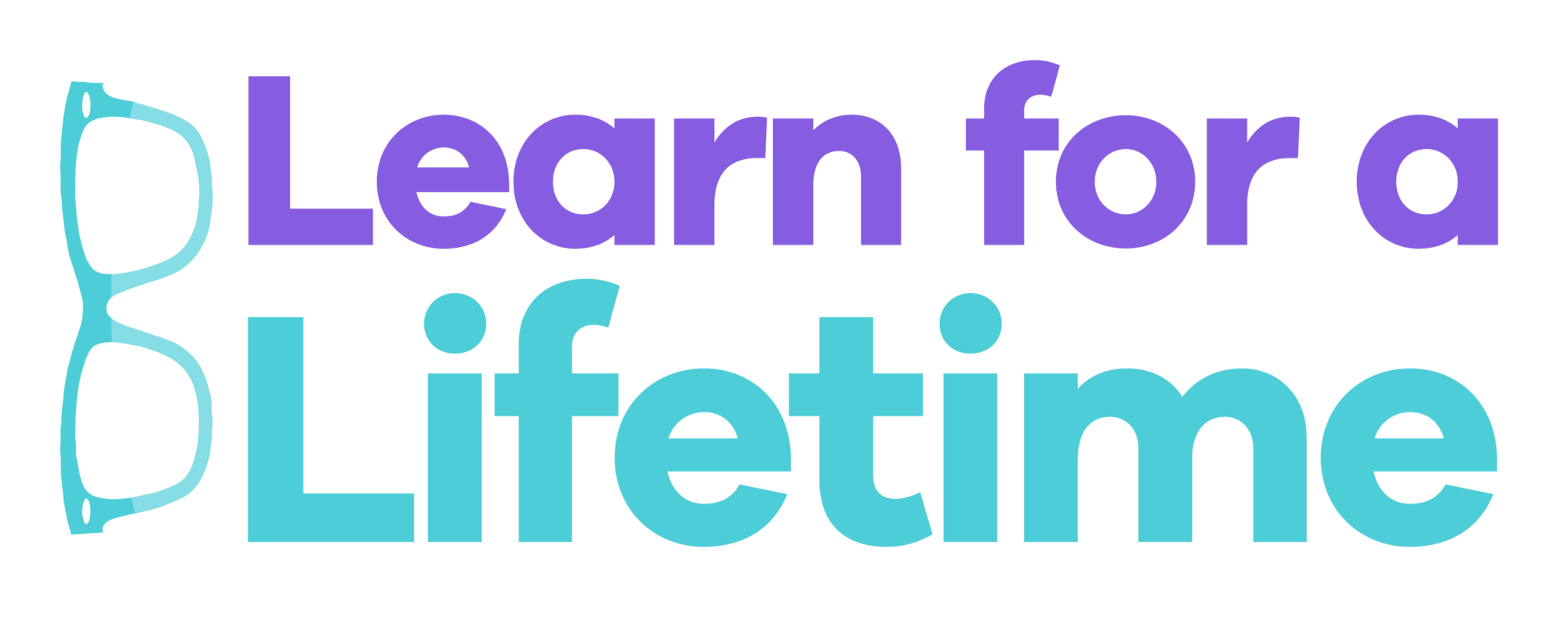I began to read this book at the suggestion of my superintendent. The principals and other coaches also read this book so we could all get on the same page. I was told that it was an easy read, which I found to be true! I finished the entire book in 51 minutes (according to Goodreads). The narrative, fable style was a good way to present the concepts and make them easy to understand. Here they are:
Three no complaining rules:
- But → Positive
- Get to vs. Have to
- Complaints → Solutions
When a person feels like complaining, this does not mean that they can’t express their frustrations. By adding the conjunction “but” along with a positive statement, this reframes the complaint into a positive. For instance, “I’m frustrated with the current pace of learning that’s happening, but we’ve made lots of gains since we started working together.”
The second “rule” talks about word choice. Using “get to” instead of “have to” makes events seem like a privilege instead of an obligation. I have been using this strategy for a long while, but I still catch myself using “have to” more frequently than I’d like. This directly relates to the Action Plan that comes up at the end of the book.
The third rule is to always focus on a solution. If we bring solutions to the table when we have obstacles, we are much more likely to be action focused. If we can continue forward momentum by focusing on action instead of obstacles, I think that ends up being a better solution for everyone.
At the end of the book, Gordon suggests a personal action plan. These are ways to put the three rules into practice. These are great suggestions not only to prevent complaining but also to help people focus on the positive things happening in their life. As someone who struggles with anxiety, mild depression, and constant negative self-talk, these are good ways to help re-focus and re-align negative thoughts and emotions.
Personal Action Plan:
- Monitor Your Thoughts and Words
- Make a Gratitude List
- Take a Thank-You Walk
- Focus on the Good Stuff
- Start a Success Journal
- Let Go
- Breathe
All of these steps are potential solutions for people who may need to consider how to bring more positivity into their lives. Personally, I think it’s been a great tool for me to think about how I can bring these into the workplace to help spread positive culture. Since I work with many of the teachers in our school, it’s a good way for me to model how these strategies can help someone be more productive, solution-focused, and grateful.

